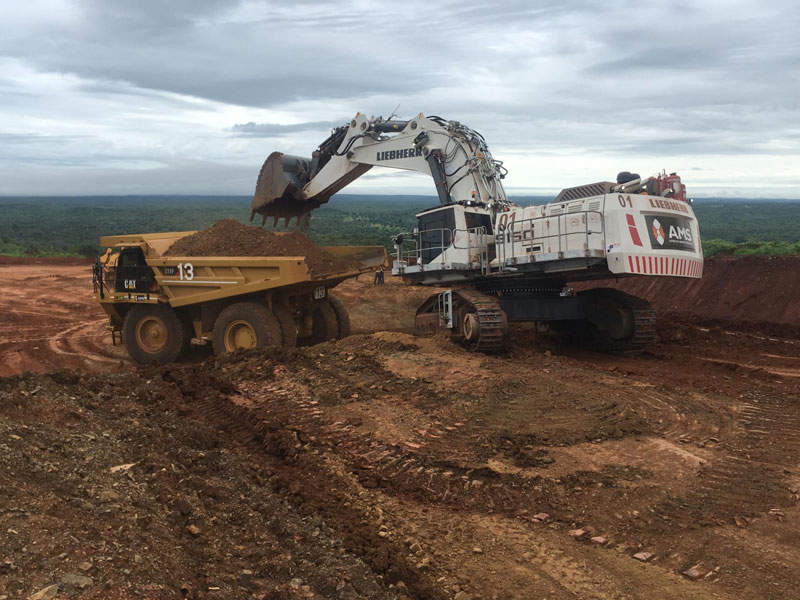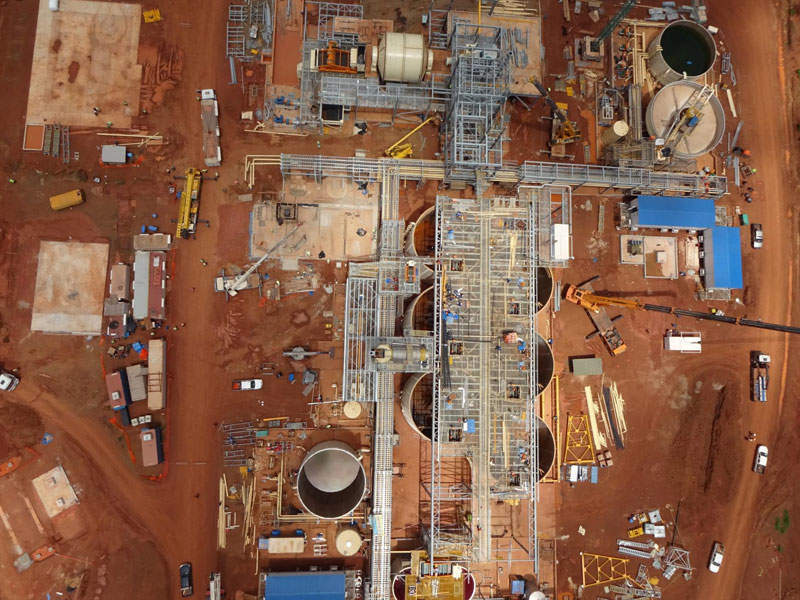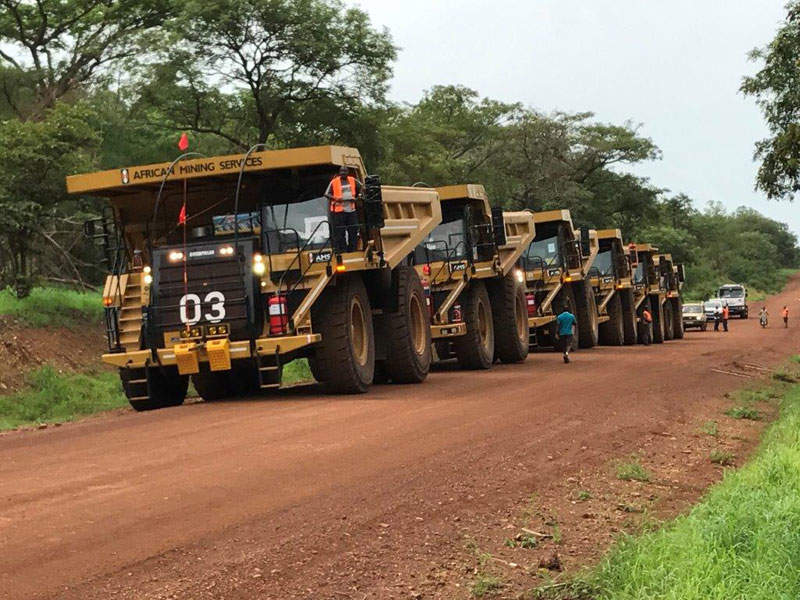The Mako gold project in Eastern Senegal, Africa, includes a 90km² mining permit. Private gold exploration and development company Toro Gold is the project developer.
The definitive feasibility study (DFS) and the environmental and social impact assessment (ESIA) of the project were completed in July 2015. The project received a 15-year mining concession from the Senegalese Government in July 2016.
Construction of the project commenced in August 2016 and first gold was poured in January 2018. The initial production was started in February 2018.
Approximately 859kt of ore processed to produce 62,900oz of gold during the first six months of production ending June 2018.
The mine is estimated to produce 137,000oz of gold a year during the first six years of production.
Mako gold mine geology and mineralisation
The Mako project is situated within the Kenieba Window geological unit, which hosts multiple world-class gold mining operations, including the Sabodala mine.
The project benefits from simple geology. Gold mineralisation is hosted within a felsic volcanic unit sandwiched between two basalt sheets and associated with disseminated and veinlet pyrite, quartz-carbonate veining and zones of bleaching and hydrothermal brecciation within the felsic unit.
Mako gold project reserves
The JORC 2012-compliant proven and probable ore reserves of the mine are estimated to be 14.2Mt at 2.25g/t for 1,030koz of contained gold.
Mining and processing
Conventional mining method, including drilling and blasting, followed by truck and excavator, is being used at the Mako gold project. The mining fleet includes 110t excavators, 90t dump trucks, and a fleet of drills and ancillary equipment.
The mine plan involves mining and treating direct feed material grading more than 1.2g/t through a stockpiling strategy during the initial phases. Medium-grade material above the full operating cut-off level but falling below the stockpile grade is being processed in the final stages of mining.
The processing plant consists of a 1.8Mtpa carbon-in-leach (CIL) unit, which is anticipated to recover 89.6% of ore through its average life of mine. The CIL plant comprises a crushing and grinding circuit, gold extraction circuit, and a gold room for doré production and cyanide detox circuit.
The proposed plant includes a single-stage crusher that feeds an 8MW semi-autogenous (SAG) mill with a tertiary pebble crusher resulting in a relatively coarse grind of p80 125µm, which is fed into a whole rock CIL followed by elution, electro-winning and smelting to produce gold in the form of doré.
Construction at Mako gold project
Major works included the construction of the CIL plant, tailings management facility, approximately 14km of access roads, raw water storage dam, and other office and warehouse facilities.
Key earthworks and civil/concrete works for the plant site were completed in early2017. The completed works also included the construction of all the six CIL tanks, erection of top of tank steel and pipe racks, and project access infrastructure.
Piping and mechanical installation works commenced in July 2017.
Infrastructure facilities
Access to the mine site is through the main national Dakar-Bamako highway. Power is provided by the on-site 14MW diesel-fuelled power station.
Water required for the mining operations is sourced from a 924,000m³ water storage dam.
Workers are accommodated at a 130-person accommodation camp.
Contractors involved with the Mako gold project development
Ausdrill subsidiary African Mining Services Senegal was awarded the mine services contract for the project in 2016.
Lycopodium was awarded a $68.5m contract for delivering the gold processing plant and other related facilities.
As part of the definitive feasibility study, Toto Gold engaged Cube Consulting for preparing the resource estimates, and SRK Consulting (UK) for the geotechnical assessment. Coffey Mining conducted open-pit optimisation exercises for the project.
Lycopodium, Knight Piésold, ECG, Earth Systems, RePlan, and The Biodiversity Consultancy also provided support for the DFS.






